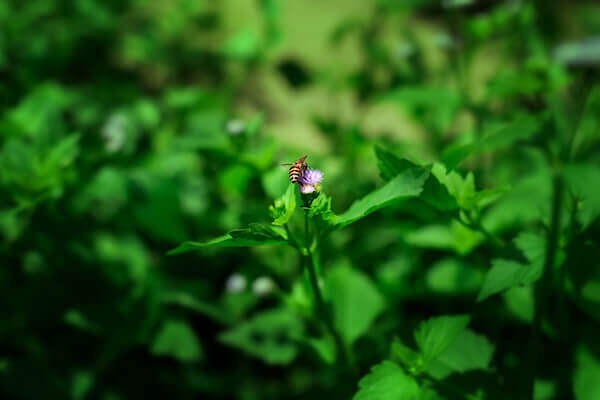
The Insects of Your Florida-Friendly Lawn
No matter how well you manicure your lawn, insects will be living in it. It’s natural among Florida lawns. While not all insects that live in lawns cause harm, some have the ability to kill your grass and destroy the esthetic appeal. These are some of the insects that could harm your lawn.
Billbugs
Billbugs are black beetles with a bill or a snout that are found throughout Florida. Most of the damage caused by these insects tends to come in the fall or spring. If you have grass that consistently wilts in a specific area of turf despite utilizing the proper irrigation, these root-feeding insects might be present.
Fall Armyworms, Cutworms, and Grass Loopers
Fall armyworms, cutworms, and grass loopers are either brown or green featuring stripes on their sides. These insects are typically present in Florida lawns in the spring, summer, and fall. Damage by fall armyworms are often scattered so the damage spreads and is not confined to patches. Cutworm caterpillars, on the other hand, dig a burrow down into the ground to the thatch, a loose, intermingled organic layer of dead and living shoots. Cutworm caterpillars tends to emerge at night to chew off the grass blades and shoots. The damage they cause might appear either as circular spots of dead grass or depressed spots that look like the mark of a ball on golf greens.
Mole Crickets
There are three non-native species of mole crickets in Florida; tawny, southern, and shortwinged. The adults of these species are one-and-a-half inches long, light brown, and have large forelegs that are used to dig into soil. These forelegs have blade-like parts, called dactyls, which are also used to identify the different species. The young mole crickets look like the adults, but their wings have yet to fully develop. Mole crickets damage turf by feeding on the roots and blades of the grass at night after a rain or irrigation during warm weather. They also tunnel near the soil surface, pulling plants, and causing them to dry out.
Southern Chinch Bug
Southern chinch bugs begin at 1/16 of an inch long when they are young and grow to 3/16 of an inch when they are adults. They typically are black and feature white patches on their wings. Living in thatches, they suck the fluids from the crowns, stems, and stolons. You can tell if these bugs have gotten to your lawn as the grass will turn yellow, then change to a burnt-red, before dying. They feed in groups so the dead grass patches will seem to be getting bigger as they spread throughout the lawn. These insects seem to do most of their damage from March through November in southern Florida, and from April through October in northern Florida.
Spittlebugs
While spittlebugs exist throughout the entire state, they are most common in northern and northwestern Florida. Adults typically grow to be about a quarter of an inch long. They are most active during the early morning as they tend to hide near the soil’s surface during the heat of the day. Turf that has been infested by spittlebugs results in purple and/or white strips that run along the grass blades. If the turf is heavily infested, the grass will wilt, turn yellow, then turn brown, and eventually start to curl.
Tropical Sod Webworm Larvae
Tropical sod webworm larvae are particularly troublesome for new sod, lawns, athletic fields, and golf courses as it damages the turf’s aesthetics, photosynthesis, and density. If these insects have infiltrated your lawn, you’ll notice as the grass height will be lower where they are feeding.
White Grubs
White grubs are immature scarab beetles that can cause damage to your lawn. The grass gradually gets thinner, yellow, and eventually dies. You can tell that these insects are causing damage as the grass will feel soft and spongy. These scattered, irregular, brown patches of grass increase over time if not treated. White grubs injure the roots of the grass which damages their ability to obtain water and nutrients or withstand the stress of a drought.
There are several different types of insects that will live in your Florida-friendly lawn. Some of these insects are beneficial, some don’t make much of a difference to your lawn, but some can severely damage your lawn. These insects are some that you don’t want as they can hamper your ability to have your desired lawn.